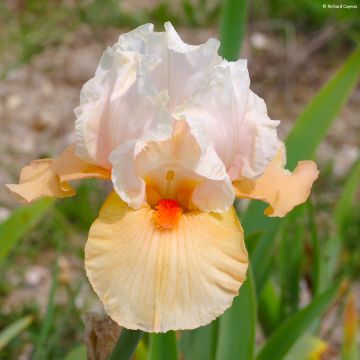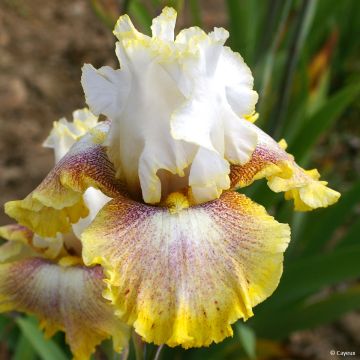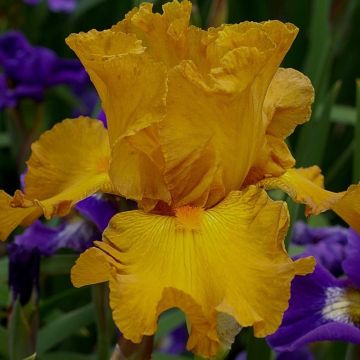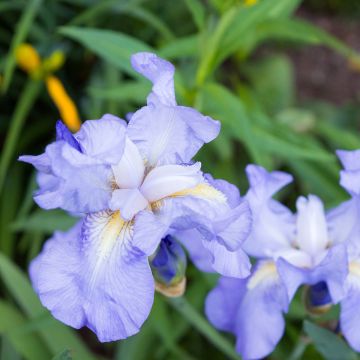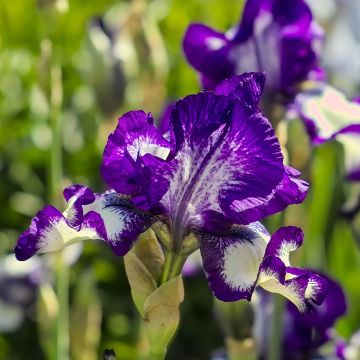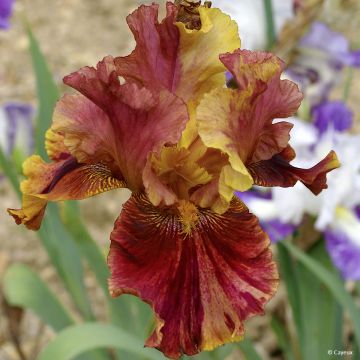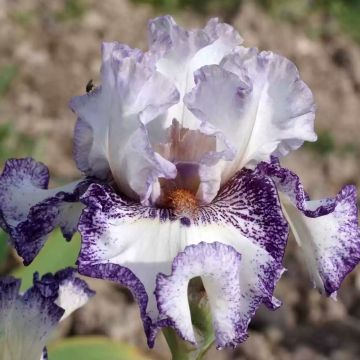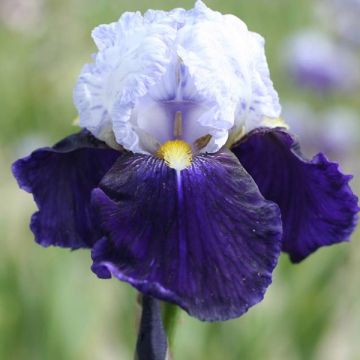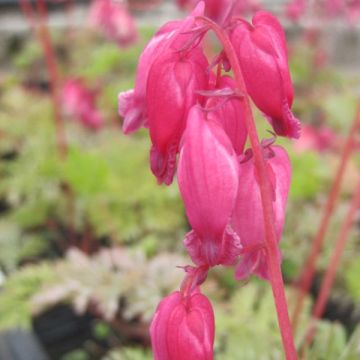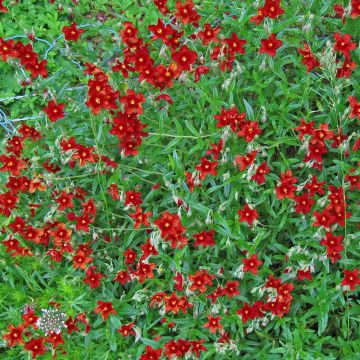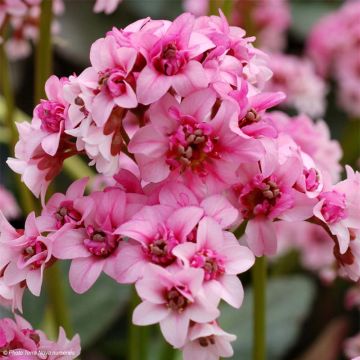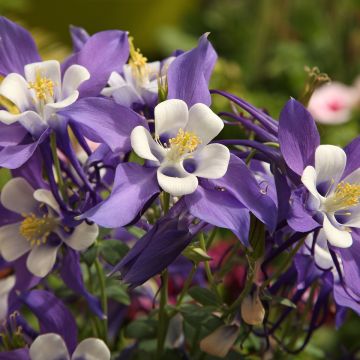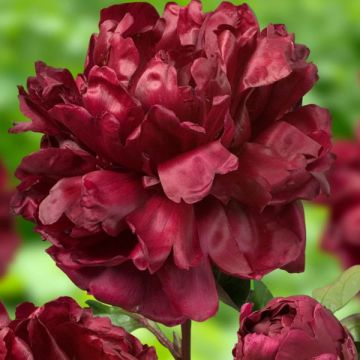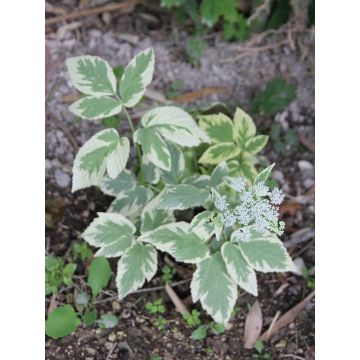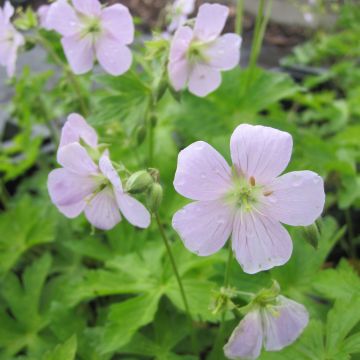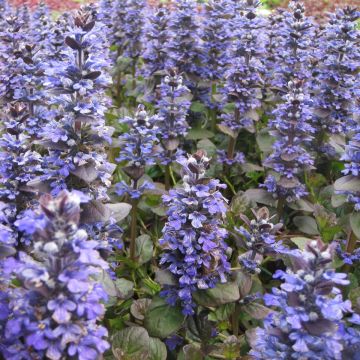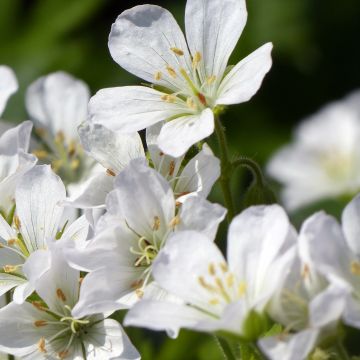Shipping country and language
Your country of residence may be:
Your country of residence is:
For a better user experience on our website, you can select:
Your shipping country:
Andorra
Austria
Belgium
Bulgaria
Canada
Chile
Croatia
Cyprus
Czechia
Denmark
Estonia
Finland
France
Germany
Greece
Hungary
Iceland
Ireland
Italy
Latvia
Lithuania
Luxembourg
Malta
Monaco
Netherlands
Poland
Portugal
Romania
Slovakia
Slovenia
Spain
Sweden
Switzerland
United Kingdom
We only deliver seed and bulb products to your country. If you add other products to your basket, they cannot be shipped.
Language:
French
German
Spanish
English
My Account
Hello
My wish lists
Plantfit
Log in / Register
Existing customer?
New customer?
Create an account to track your orders, access our customer service and, if you wish, make the most of our upcoming offers.
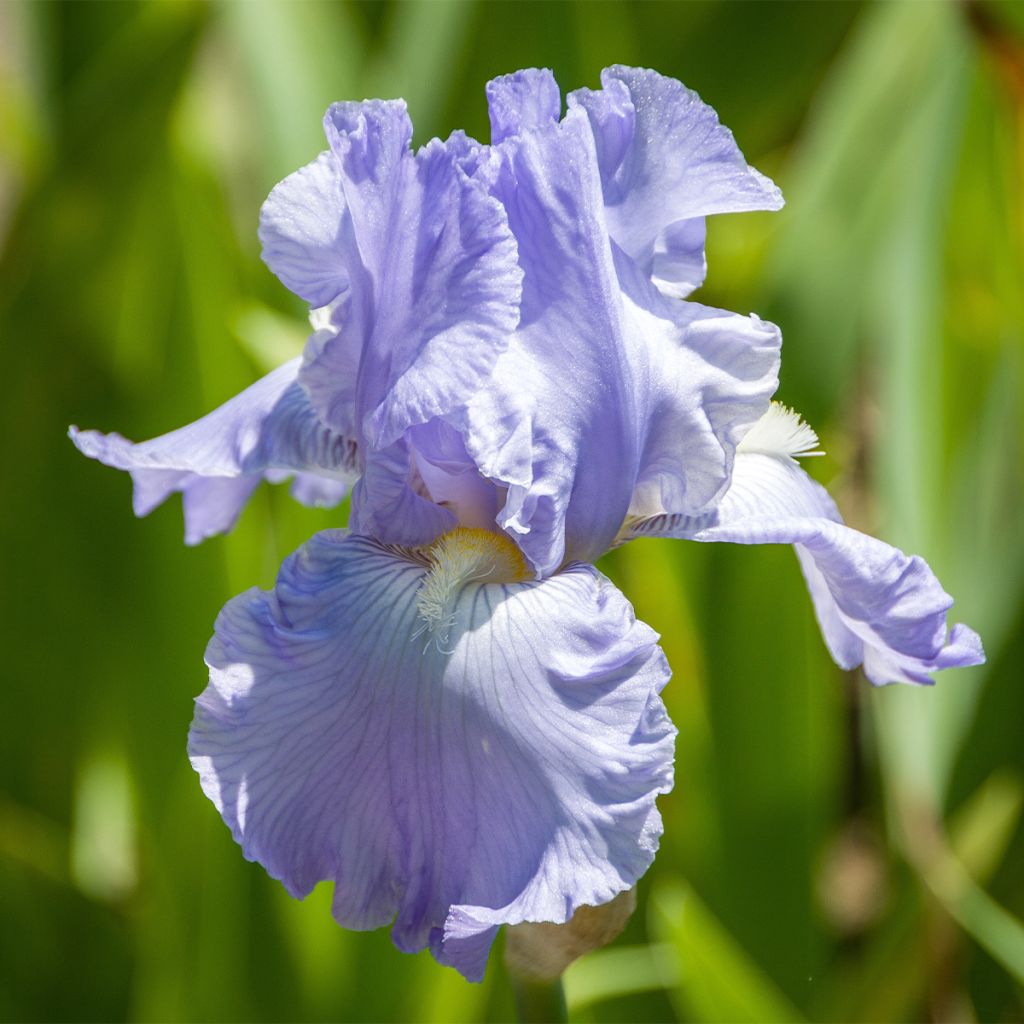

Iris germanica Babbling Brook - Iris des Jardins
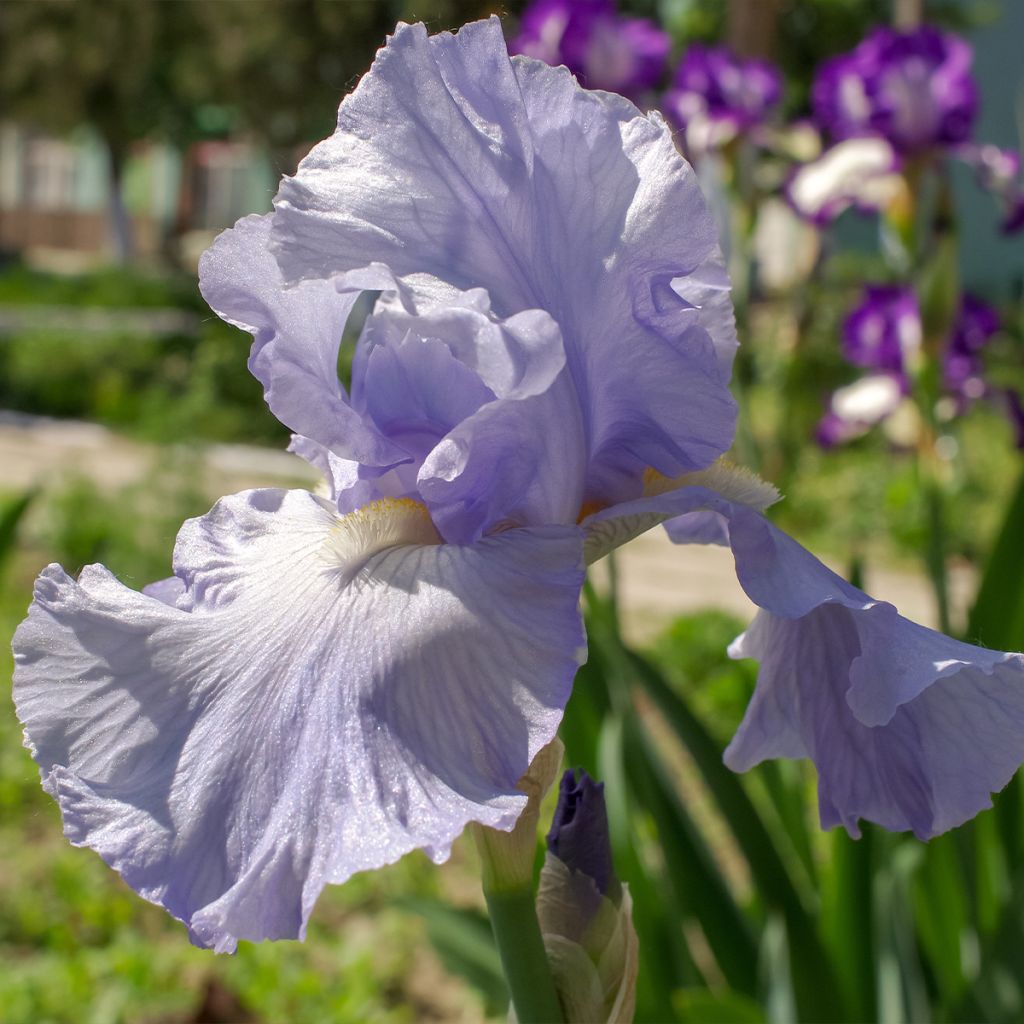

Iris germanica Babbling Brook - Iris des Jardins
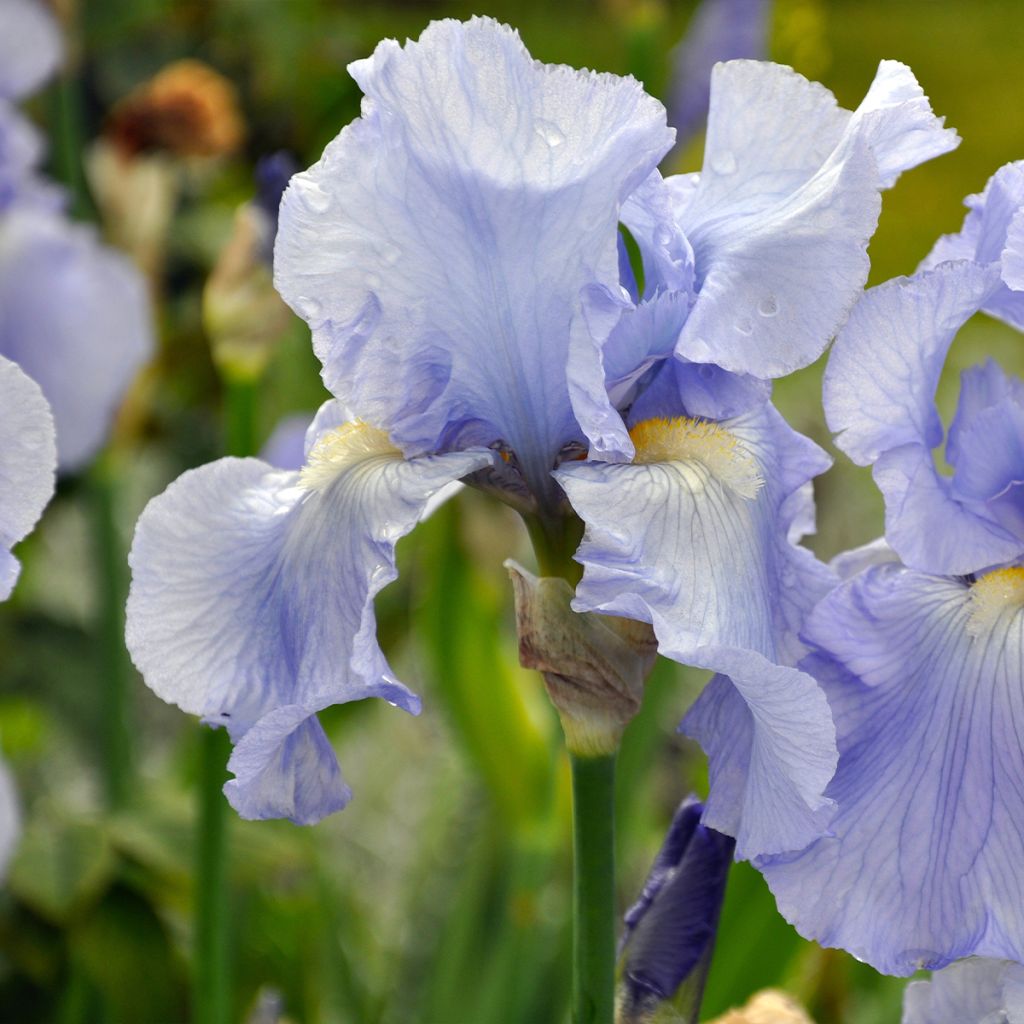

Iris germanica Babbling Brook - Iris des Jardins
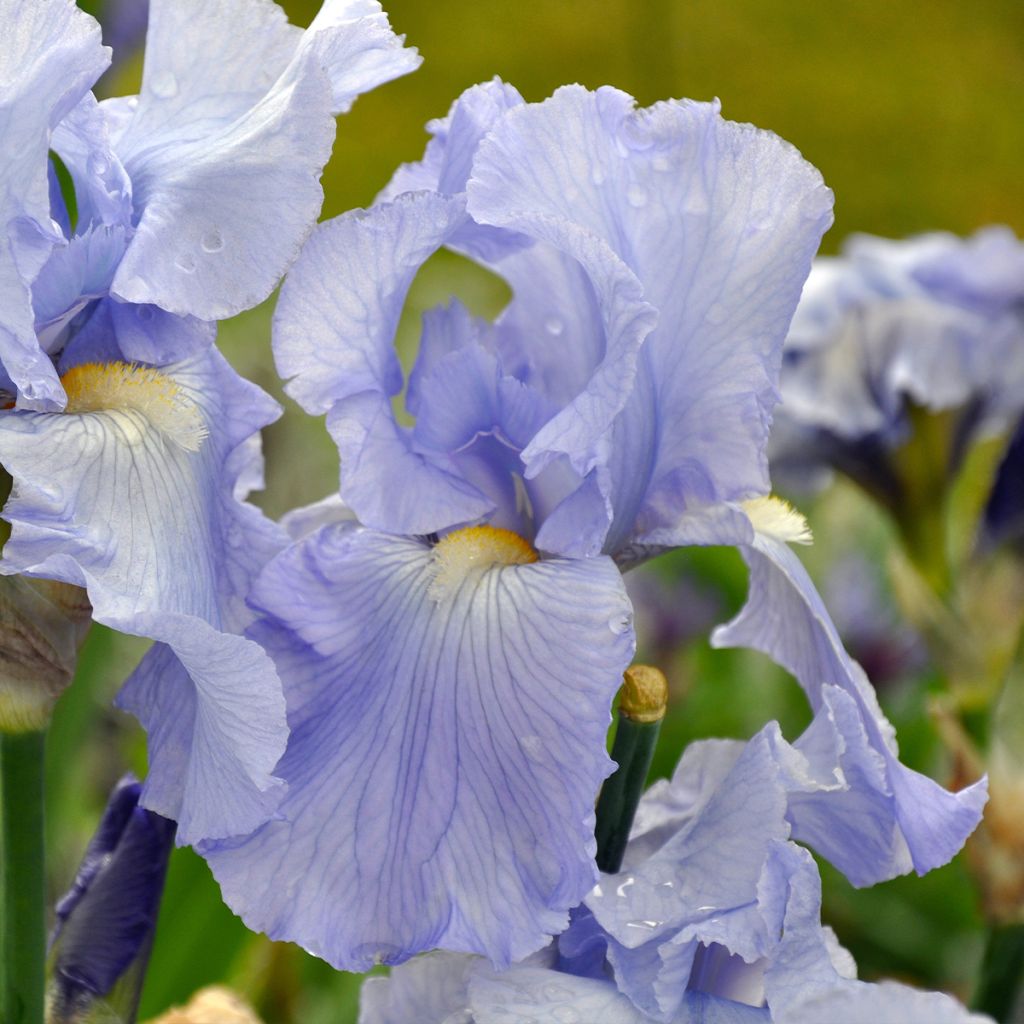

Iris germanica Babbling Brook - Iris des Jardins
Iris germanica Babbling Brook - Bearded Iris
Iris germanica Babbling Brook
German Iris, Bearded Iris
It's a small rhizome in a pot for now, so I've replanted it in a pot until it grows bigger and then I'll plant it in the ground.
Mireille T., 10/02/2024
Order in the next for dispatch today!
Dispatch by letter from €3.90.
Delivery charge from €5.90 Oversize package delivery charge from €6.90.
More information
This item is not available in your country.
Schedule delivery date,
and select date in basket
This plant carries a 12 months recovery warranty
More information
We guarantee the quality of our plants for a full growing cycle, and will replace at our expense any plant that fails to recover under normal climatic and planting conditions.
From €5.90 for pickup delivery and €6.90 for home delivery
Express home delivery from €8.90.
From €5.90 for pickup delivery and €6.90 for home delivery
Express home delivery from €8.90.

Does this plant fit my garden?
Set up your Plantfit profile →
Description
Iris germanica 'Babbling Brook' is a variety of tall bearded iris that is quite old, but has been brought back into the spotlight for its vigour, heavenly colour, and generous flowering. The prolific plant offers large, silky, undulate flowers in a true light blue colour, without any trace of mauve, highlighted by very fine darker veins on the sepals. A magnificent colour enhanced by pale lemon beards. Among the tallest, this iris forms beautiful flowering clumps in spring, even after several years, when its rhizomes are crowded.
The 'Babbling Brook' Iris is a rhizomatous perennial that forms upright clumps. Its deciduous foliage disappears in autumn and reappears in spring. This plant belongs to the Iridaceae family. It is one of the many cultivars obtained over centuries, whose controversial origin is discussed around the number of chromosomes of potential ancestors. It is worth noting that Garden Irises have European origins.
The 'Babbling Brook' Iris will reach approximately 1m (3ft) in height when in bloom, so it should be sheltered from the wind or staked if necessary. Each rhizome produces ramified stems that bear numerous flower buds. The clump will spread very rapidly, with no theoretical limit over time, as the centre rhizomes become bare in favour of the outer rhizomes. The foliage consists of long, glaucous green, strongly veined sword-shaped leaves. In April, floral stems appear and in May, in the middle of the tall iris flowering season, flowers open from the top towards the lower branches. The bright colour of this plant is, as always with Garden Irises, magnified by the silky texture of the petals and sepals.
Bred by Keith Keppel, 1965 ('Galilee' X 'Symphony')
Awards: High Commendation 1965; Honourable Mention 1967; Judges Choice 1967, 1968; NTG Award 1968; Award of Merit 1969; Dykes Medal 1972.
To accompany irises, choose plants to associate based on their needs (exposure, soil...), their "respectful" growth towards irises (low plants or light foliage, non-competitive plants), and their decorative complementarity (appearance, flowering time). For example, Gauras provide little shade to irises and keep the deflowered iris bed attractive throughout summer. California Poppies and Love-in-a-Mist are satisfied with dry soil in summer, just like irises. Perennial geraniums, salvias, and Libertia also accompany irises very well. Slopes, the base of small trees with light foliage, and terraced edges can be stabilized by dense plantings of old varieties that can remain in place and require little care. If the goal is more decorative and access for care is possible, choose more modern varieties, such as intermediates, which are less likely than tall bearded irises to be literally blown down by the wind and rain.
The vegetable garden can be adorned with a few clumps or borders of irises, as it is also a place dedicated to growing flowers for cutting.
Iris germanica Babbling Brook - Bearded Iris in pictures
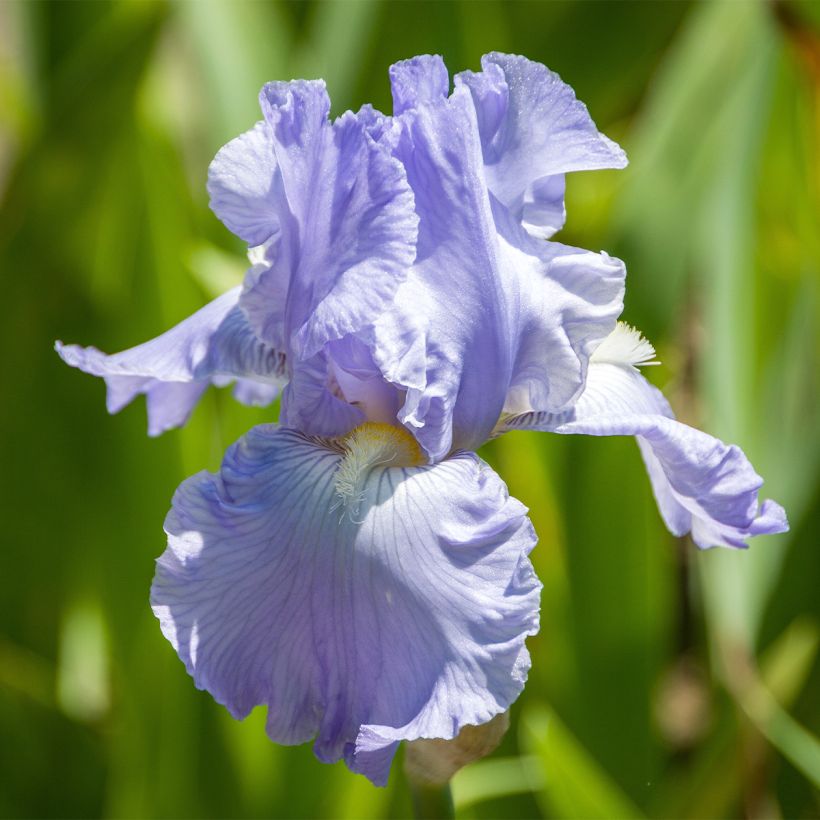

Flowering
Foliage
Plant habit
Botanical data
Iris
germanica
Babbling Brook
Iridaceae
German Iris, Bearded Iris
Cultivar or hybrid
Other German Iris - Bearded Iris
Planting and care
Do you have a very sunny, rather dry location in the summer?
This is the ideal location for planting irises! In the shade, they grow but do not flower. They are grown in all regions. Hardy, they do not need winter protection. Well-drained soil is perfect, even if it is rather dry and calcareous, or even rocky. Too much moisture promotes rootstock rot. Plant from July to September. This allows the rootstocks to grow sufficiently before being dug up, and to develop new roots before winter. They should be planted as soon as they are purchased for best results. Plan to divide the irises every 4 years or so to give them fresh soil. They have strong growth and require space to develop and flower well. They are planted with spacing appropriate to the size and vigor of the variety: approximately 34-50cm (13-20in) for tall ones (5 to 10 feet per square metre). Always consider the direction of growth of the rootstocks by arranging them in a star shape, with buds and leaves facing outward, and spacing them well from other varieties so they have room to grow.
Planting
Dig a hole that is wide and deep enough. Make a conical mound of soil on which to place the rootstock and spread out the roots. Cover the roots. It is important that the rootstock is level with the surface of the soil. It should not be planted in a basin (risk of rot). Anticipate that the soil will settle and the iris will sink. In clay or damp soil, the rootstock may even be left raised on a slight mound of a few centimetres. To make the soil adhere to the roots, lightly compact the soil and water it abundantly after planting. Water if necessary 2-3 times until it takes root.
Maintenance:
Keep the soil free of weeds by lightly hoeing, taking care not to damage the rootstocks or roots. Weeds shade the irises, retain moisture (causing rot), and attract slugs. Likewise, remove dry leaves. If they are diseased (reddish-brown spots of heterosporiosis), we recommend burning them. Remove faded flowers.
Planting period
Intended location
Care
- , onOrder confirmed
Reply from on Promesse de fleurs
Spring flowering perennials
Haven't found what you were looking for?
Hardiness is the lowest winter temperature a plant can endure without suffering serious damage or even dying. However, hardiness is affected by location (a sheltered area, such as a patio), protection (winter cover) and soil type (hardiness is improved by well-drained soil).

Photo Sharing Terms & Conditions
In order to encourage gardeners to interact and share their experiences, Promesse de fleurs offers various media enabling content to be uploaded onto its Site - in particular via the ‘Photo sharing’ module.
The User agrees to refrain from:
- Posting any content that is illegal, prejudicial, insulting, racist, inciteful to hatred, revisionist, contrary to public decency, that infringes on privacy or on the privacy rights of third parties, in particular the publicity rights of persons and goods, intellectual property rights, or the right to privacy.
- Submitting content on behalf of a third party;
- Impersonate the identity of a third party and/or publish any personal information about a third party;
In general, the User undertakes to refrain from any unethical behaviour.
All Content (in particular text, comments, files, images, photos, videos, creative works, etc.), which may be subject to property or intellectual property rights, image or other private rights, shall remain the property of the User, subject to the limited rights granted by the terms of the licence granted by Promesse de fleurs as stated below. Users are at liberty to publish or not to publish such Content on the Site, notably via the ‘Photo Sharing’ facility, and accept that this Content shall be made public and freely accessible, notably on the Internet.
Users further acknowledge, undertake to have ,and guarantee that they hold all necessary rights and permissions to publish such material on the Site, in particular with regard to the legislation in force pertaining to any privacy, property, intellectual property, image, or contractual rights, or rights of any other nature. By publishing such Content on the Site, Users acknowledge accepting full liability as publishers of the Content within the meaning of the law, and grant Promesse de fleurs, free of charge, an inclusive, worldwide licence for the said Content for the entire duration of its publication, including all reproduction, representation, up/downloading, displaying, performing, transmission, and storage rights.
Users also grant permission for their name to be linked to the Content and accept that this link may not always be made available.
By engaging in posting material, Users consent to their Content becoming automatically accessible on the Internet, in particular on other sites and/or blogs and/or web pages of the Promesse de fleurs site, including in particular social pages and the Promesse de fleurs catalogue.
Users may secure the removal of entrusted content free of charge by issuing a simple request via our contact form.
The flowering period indicated on our website applies to countries and regions located in USDA zone 8 (France, the United Kingdom, Ireland, the Netherlands, etc.)
It will vary according to where you live:
- In zones 9 to 10 (Italy, Spain, Greece, etc.), flowering will occur about 2 to 4 weeks earlier.
- In zones 6 to 7 (Germany, Poland, Slovenia, and lower mountainous regions), flowering will be delayed by 2 to 3 weeks.
- In zone 5 (Central Europe, Scandinavia), blooming will be delayed by 3 to 5 weeks.
In temperate climates, pruning of spring-flowering shrubs (forsythia, spireas, etc.) should be done just after flowering.
Pruning of summer-flowering shrubs (Indian Lilac, Perovskia, etc.) can be done in winter or spring.
In cold regions as well as with frost-sensitive plants, avoid pruning too early when severe frosts may still occur.
The planting period indicated on our website applies to countries and regions located in USDA zone 8 (France, United Kingdom, Ireland, Netherlands).
It will vary according to where you live:
- In Mediterranean zones (Marseille, Madrid, Milan, etc.), autumn and winter are the best planting periods.
- In continental zones (Strasbourg, Munich, Vienna, etc.), delay planting by 2 to 3 weeks in spring and bring it forward by 2 to 4 weeks in autumn.
- In mountainous regions (the Alps, Pyrenees, Carpathians, etc.), it is best to plant in late spring (May-June) or late summer (August-September).
The harvesting period indicated on our website applies to countries and regions in USDA zone 8 (France, England, Ireland, the Netherlands).
In colder areas (Scandinavia, Poland, Austria...) fruit and vegetable harvests are likely to be delayed by 3-4 weeks.
In warmer areas (Italy, Spain, Greece, etc.), harvesting will probably take place earlier, depending on weather conditions.
The sowing periods indicated on our website apply to countries and regions within USDA Zone 8 (France, UK, Ireland, Netherlands).
In colder areas (Scandinavia, Poland, Austria...), delay any outdoor sowing by 3-4 weeks, or sow under glass.
In warmer climes (Italy, Spain, Greece, etc.), bring outdoor sowing forward by a few weeks.
